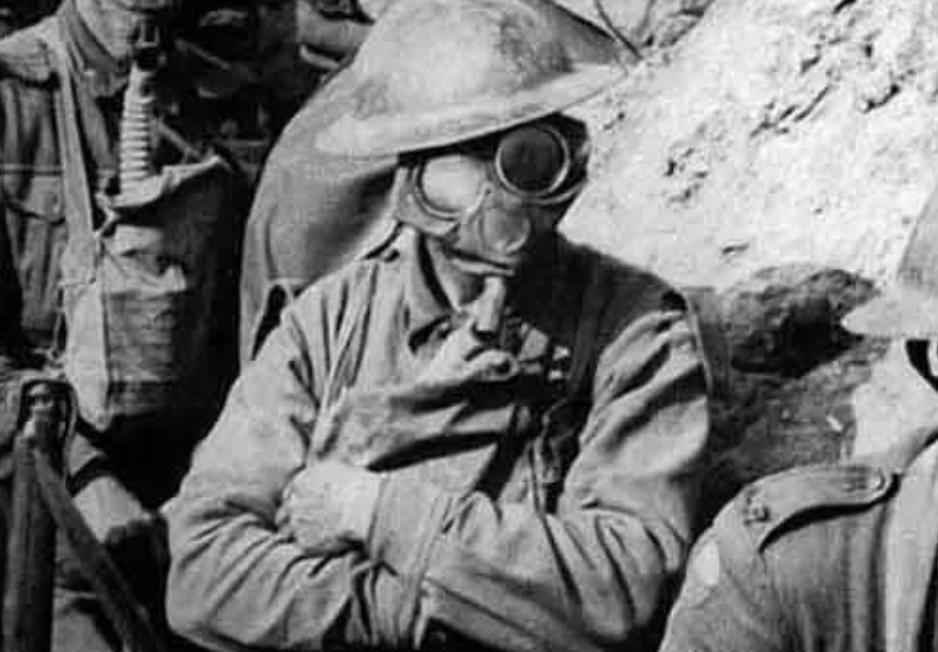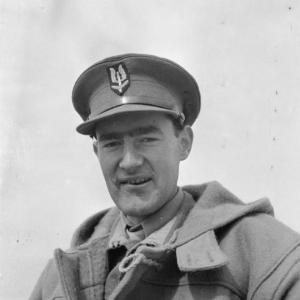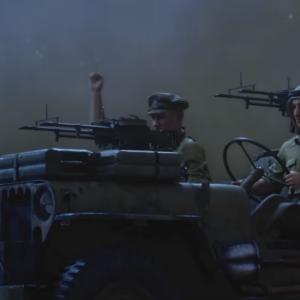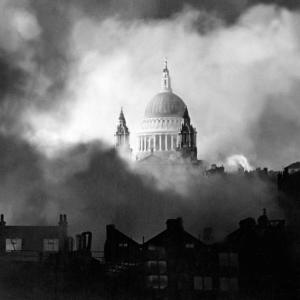
Gas and chemical warfare WW1
World War I introduced many horrors to the battlefield, but among the most feared and controversial innovations was the use of chemical weapons. The industrial age had made it possible to wage war on a massive scale, and chemical warfare became one of the most inhumane methods employed during the conflict. Gas attacks inflicted unspeakable injuries, psychological trauma, and death on a wide scale. This essay explores the origins of gas warfare in World War I, the types of gases used, the industrial players behind their production, the countries that employed them, and the lasting impact that led to their prohibition.
The development of poison gas in World War I was not a sudden invention but the result of evolving ideas and experimentation. The earliest use of gas in the war was by the French in 1914, when tear gas grenades containing ethyl bromoacetate were fired at German forces. However, the first large-scale and deliberate gas attack is attributed to the Germans at the Second Battle of Ypres on April 22, 1915. It was Fritz Haber, a German chemist and later Nobel laureate, who played a key role in developing and promoting the use of chlorine gas. Haber, then director of the Kaiser Wilhelm Institute for Physical Chemistry and Electrochemistry in Berlin, believed gas could be used strategically to break the stalemate of trench warfare. He organized and supervised the first major chlorine gas attack himself, unleashing a green-yellow cloud on French colonial troops. While the tactic caused initial panic and retreat, it also drew widespread international condemnation.
Several types of poison gases were used during World War I, each with different effects and degrees of lethality. Chlorine gas, the first chemical weapon used in large quantities, attacks the respiratory system by forming hydrochloric acid upon contact with moisture in the lungs. Victims of chlorine gas often drowned in their own fluids. As countermeasures like gas masks improved, belligerent nations escalated their chemical arsenals. Phosgene, introduced by the French and later widely used by the Germans, was more potent than chlorine and harder to detect. It had a delayed effect, meaning soldiers would often collapse hours after exposure, by which time medical intervention was too late. The most notorious gas of the war was mustard gas, first used by the Germans in 1917 near Ypres. Mustard gas did not kill quickly but caused severe blistering of the skin, eyes, and lungs, incapacitating soldiers and overwhelming medical services. Unlike chlorine and phosgene, mustard gas could linger on the ground and equipment, contaminating everything it touched for days.
The production of chemical weapons during World War I was a vast industrial effort. In Germany, firms like BASF (Badische Anilin und Soda Fabrik), part of what would later become the IG Farben conglomerate, were instrumental in manufacturing the chlorine and phosgene gases. In Britain, production was managed through government-directed initiatives, with companies like Imperial Chemical Industries (ICI) involved in creating chemical agents. The United States entered the war in 1917 and quickly mobilized its chemical production capacity. The Edgewood Arsenal in Maryland became a central hub for American chemical weapons development and production. France, Italy, and Russia also developed and deployed chemical weapons, although on a somewhat smaller scale than Germany or Britain. These factories often operated under wartime secrecy, and many of the workers were exposed to harmful substances, leading to health issues and fatalities even among those not on the front lines.
Gas warfare was employed by all the major belligerent countries during World War I. Germany initiated the widespread use of chemical weapons, but soon all sides responded in kind. Britain, France, and later the United States not only produced but used poison gas in offensives against German positions. The Russians also used chemical weapons against the Central Powers, though their limited industrial capacity made their chemical program less effective. By the end of the war, over 124,000 tons of 39 different types of chemical agents had been used. Chemical weapons accounted for around 90,000 deaths and over a million casualties. The injuries caused by gas attacks were often horrific. Survivors were left with permanent blindness, respiratory damage, and disfigurement. Mustard gas burns took weeks or months to heal, leaving deep psychological scars in addition to physical wounds. The terror of gas warfare was not just in its physical effects but also in its unpredictability. Wind shifts could cause gas to blow back toward the side that released it, and soldiers lived in constant fear of silent clouds creeping across the battlefield.
The psychological toll of gas warfare was immense. Gas attacks often struck at night or in the early morning when visibility was low and alertness was diminished. The sound of gas alarms, the hiss of escaping canisters, and the suffocating effects of inhalation caused panic and chaos. Gas masks, though improved over time, were uncomfortable and could not always protect against prolonged or high-concentration exposure. Medical treatment for gas victims was rudimentary. Many soldiers required weeks of hospitalization, and those who survived often suffered chronic respiratory illnesses for the rest of their lives. The hospitals near the front lines quickly became overwhelmed, and the wounded endured agonizing procedures with little relief.
The sheer scale of suffering caused by chemical weapons led to increasing international outcry during and after the war. Despite their widespread use, chemical weapons were controversial even among military leaders. Many generals regarded gas attacks as unreliable or ineffective, since wind and weather conditions could neutralize their advantages. Others saw them as a grotesque departure from the principles of honor and combat. After the war ended in 1918, there was a growing consensus that chemical weapons had no place in modern warfare. This led to the 1925 Geneva Protocol, which banned the use of chemical and biological weapons in war. Although the Protocol did not prohibit the possession or development of chemical weapons, it represented a significant step toward the regulation of chemical warfare. Most major nations signed the agreement, though some did so with reservations. Enforcement was uneven, and chemical weapons would regrettably appear again in later conflicts, but the experience of World War I established a strong norm against their use.
World War I’s gas attacks serve as one of the most chilling examples of science turned toward destruction. From the laboratories of eminent chemists to the fog-choked trenches of the Western Front, poison gas brought a new level of suffering to an already brutal war. It demonstrated how industrial and scientific advancements could be co-opted into tools of mass killing. The immense casualties, both immediate and long-term, horrified the world and spurred efforts to prevent future chemical warfare. Though gas masks and antidotes improved over time, the psychological terror and ethical revulsion surrounding gas attacks never faded. In the wake of such widespread human suffering, the global community eventually recognized the urgent need to curtail the use of these weapons, and the legal bans that followed marked a small but important step toward more humane conduct in warfare. The legacy of chemical weapons in World War I remains a somber reminder of the costs of unchecked militarization and the moral responsibilities that come with scientific knowledge.










